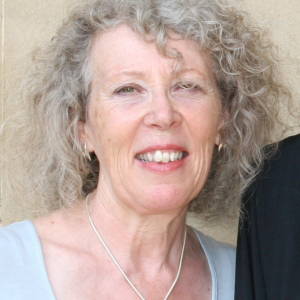Mature
I went to Croome again today, this time with R. Before lunch we walked down through the shrubbery and around the lake, and afterwards we went along the east side of the river to the carriage splash, and then back up the west side as far as the Chinese Bridge. The weather was a little more changeable than on my previous visit - there were longer periods of cloud, and it was windier - but even so there were plenty of damsels and dragons around. In particular, the 'river' area was teeming with Scarce Chasers, which around here these days are spectacularly failing to live up to their common name.
Most British dragonflies only undergo a limited change of appearance as they mature. The body colours might deepen, and the eye colour might change a little, but that's usually pretty much it. Common Clubtails are an exception, maturing from yellow with grey eyes to largely green with grey-green eyes. And Downy Emeralds start out a kind of iridescent browny-pink with brown eyes, and turn a deep metallic green with brilliant green eyes as they mature. But the biggest changes happen in species where the males develop a chalky blue pruinescence on the abdomen - Black-tailed and Keeled Skimmers, and Broad-bodied and Scarce Chasers - and of these, I'd say that the most extravagant alteration happens in male Scarce Chasers.
Four days ago I photographed an immature Scarce Chaser at Cleeve Prior Mill. He was, essentially, orange, with eyes that were faintly red above and kind of green below, and orange veining clearly visible in his wings. Now look at this mature male of the same species. His thorax and the very base of his abdomen have turned a dusty brownish black - like a tatty old smoking jacket, I always think. The central section of his abdomen has that chalky blue pruinescence, worn away just enough at the sides of the S4 segment (by the claws of females with whom he has copulated) to reveal the dull reddish brown colour below. His face is shiny black, and his eyes are blue - dark below, and pale above, almost as if they're trying to match his abdomen. In semi-mature males there's a dark red area at the back of each eye, but in this specimen that has shrunk to a small red-brown spot. The orange veining has disappeared from his wings (as has a characteristic small dark wing cloud, which in females is present at the ends of both wings throughout life, but can only be seen in males while they're immature), but some diffuse yellow staining remains around his wing bases, along with the black hindwing base that characterises the Chaser species. That is quite the transformation.
What you can't see in the tight crop I've done here is that the Scarce Chaser's abdominal pruinescence doesn't cover his final three abdominal segments - in other words, he has a black tail. To a cursory glance this can make him confusable with a mature male Black-tailed Skimmer, but they have a more slender abdomen, on which faint yellow spots may still be visible along the sides, and crucially, they have dark green eyes and clear wings.
A bonus fun fact before I leave you in peace: 'pruinescence' (or 'pruinosity', which is equally correct) means 'frosted'. It comes from the Latin word pruina, which means hoar frost.

Comments
Sign in or get an account to comment.


